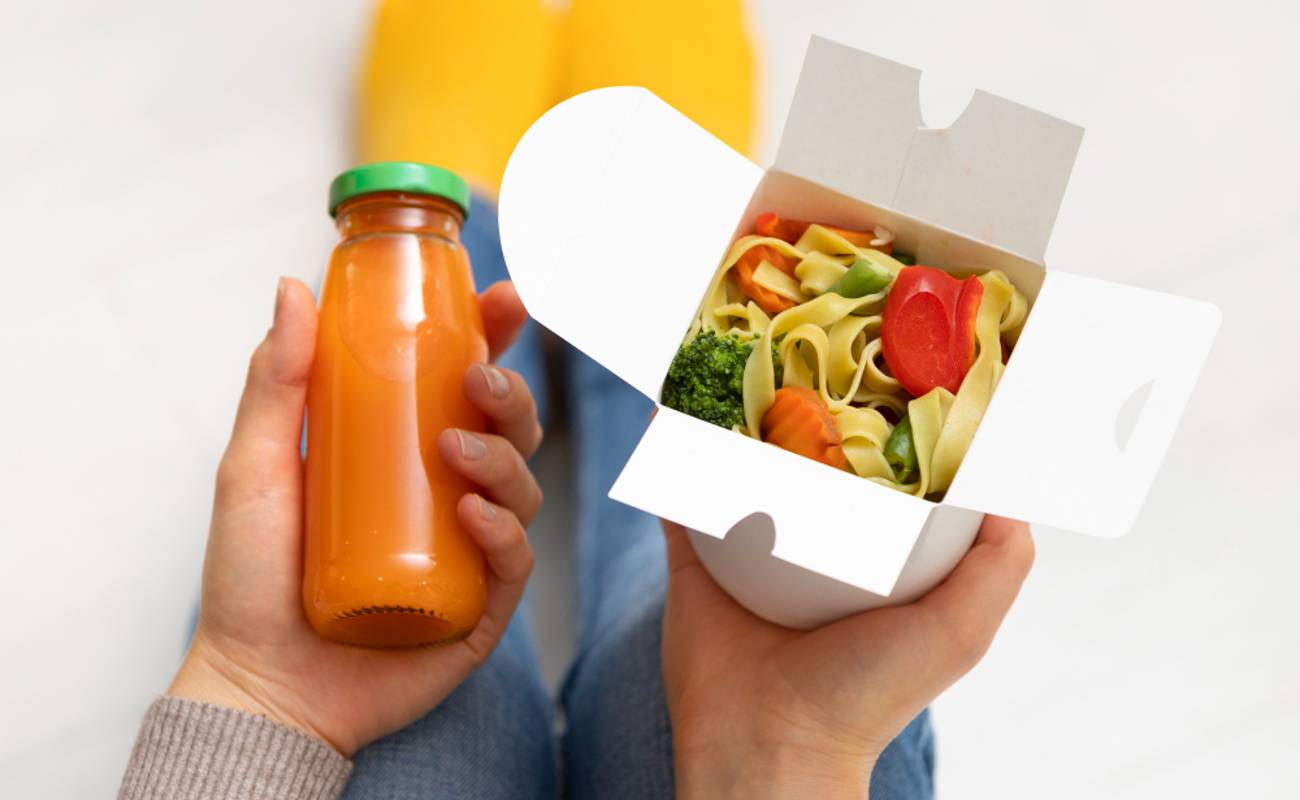Revolutionizing Food Preservation and Safety with Active and Intelligent Food Contact Materials
In the quest to enhance food safety, extend shelf life, and reduce waste, the food packaging industry has made significant strides, particularly through the development of active and intelligent food contact materials (FCMs). These innovative materials are transforming traditional packaging paradigms by interacting directly with food or its surrounding environment. This comprehensive exploration delves into the technical and functional intricacies of these materials, offering chemical industry professionals a deep dive into the mechanisms, applications, regulatory considerations, and future prospects of active and intelligent FCMs.
Introduction to Active and Intelligent FCMs
Active and intelligent FCMs represent a class of materials designed to go beyond conventional passive barriers, offering dynamic functions such as extending shelf life, improving food safety, enhancing sensory properties, and providing critical information on food quality and safety.
Active Food Contact Materials: The Guardians of Freshness
Active FCMs are engineered to interact actively with food, modifying the internal atmosphere of the packaging or incorporating substances that directly interact with the food. These materials can be classified based on their primary functions:
Oxygen and Ethylene Scavengers: Embedded within packaging films, these scavengers actively remove oxygen or ethylene gas from the environment, significantly slowing down oxidation processes and delaying ripening or spoilage. They act as vigilant guardians, ensuring that foods like meats and fresh produce retain their quality and safety for longer periods.
Moisture Regulators and Antimicrobial Agents: By controlling the humidity level inside the packaging and inhibiting the growth of harmful microorganisms, these materials help maintain the optimal condition of food products, from baked goods to fresh vegetables.
Intelligent Food Contact Materials: The Smart Communicators
Intelligent FCMs, or smart packaging, incorporate technologies that monitor and communicate the condition of the food or its environment. They include:
Time-Temperature Indicators (TTIs) and Freshness Indicators: TTIs offer visual cues about the product's exposure to temperature over time, essential for maintaining cold chain integrity. Freshness indicators, through chemical or biological reactions, provide direct insight into the food's freshness, acting as biosensors for quality and safety.
Gas Indicators: These tools detect changes in gas composition within the packaging, signaling potential spoilage or anaerobic conditions that could compromise food safety.
Advanced Material Considerations and Sustainability
The development of active and intelligent FCMs is at the intersection of chemistry, food science, and materials engineering. Key considerations include material compatibility with food products, safety and regulatory compliance, and cost-effectiveness. Innovations in nanotechnology and biodegradable materials are paving the way for more effective and environmentally friendly packaging solutions.
Regulatory Landscape and Compliance
The introduction of active and intelligent FCMs into the market is tightly regulated to ensure food safety. Regulations vary globally, but generally include comprehensive safety assessments, clear labeling requirements, and adherence to specific standards. For instance, in the European Union, materials must comply with the EU Framework Regulation (EC) No 1935/2004, which mandates a rigorous evaluation process for any new food contact material.
The Future of Food Packaging
The future of active and intelligent FCMs lies in the continuous innovation and integration of digital technologies. Nanotechnology is enhancing the effectiveness of packaging functions, while biodegradable and compostable materials are addressing environmental concerns. The potential for personalization and the integration of smart packaging with IoT devices for real-time monitoring and data analytics represent exciting frontiers in the field.
Final words
Active and intelligent food contact materials are at the forefront of revolutionizing food packaging, offering innovative solutions to extend shelf life, improve food safety, and reduce waste. By actively interacting with food or its environment and providing vital information on food quality, these materials are transforming the way we preserve, monitor, and consume food. For chemical industry professionals, these advancements present a rich landscape of opportunities for research, development, and innovation. As these technologies evolve, their impact on food security, sustainability, and consumer engagement is set to grow, marking a significant shift in the future of food packaging.

